"In graduate school, I read a short essay by one of my professors, John Paul Ricco, entitled “Negative, Desired.” In that essay, there exists a quote regarding the act of making a Polaroid in relationship to one’s own identity as a man, “It now seems superfluous to discern which triggered which: sexuality or photography; they seem jointly instantaneous.” From the very first assignments I saw by Ethan Early I was aware of him tackling difficult questions about identity, sexuality, and aesthetics. The quote by my professor seemed particularly apt when looking at the Polaroid images by Ethan. The act of taking a Polaroid has always had a sense of secrecy… the capturing of something so personal, private or immediate that it needn’t be seen by the prying eyes of a photo lab or suffer the risk of being forgotten in the digital archive. The act of making the instant-photograph suggests that the photographer needs to see it immediately almost as if to confirm that the thing photographed exists at all or cull the image to the rubbish bin immediately so that no one will ever know it existed.
Even as artists working in photography often exhibit a fearless sense of curiosity and bravery the sheltered act of taking a Polaroid often reveals more about ourselves than we are able to admit at the time. The immediacy coupled with privacy allows us to explore visual themes we may not wish to commit to by using other media. The instant photograph can be shared immediately in all senses of the word whereby the subject can see the results of the artist and the tangible; physical object can be carried away or destroyed immediately thus creating this paradox of the private moment now made into an irrefutable object.
When I look at these images, I see a declaration of something so familiar yet rarely spoken from the mouths of men. The declaration of “this is beauty,” “this is desire,” “this is who I am.”"
Foreword Text by: Sam Davis
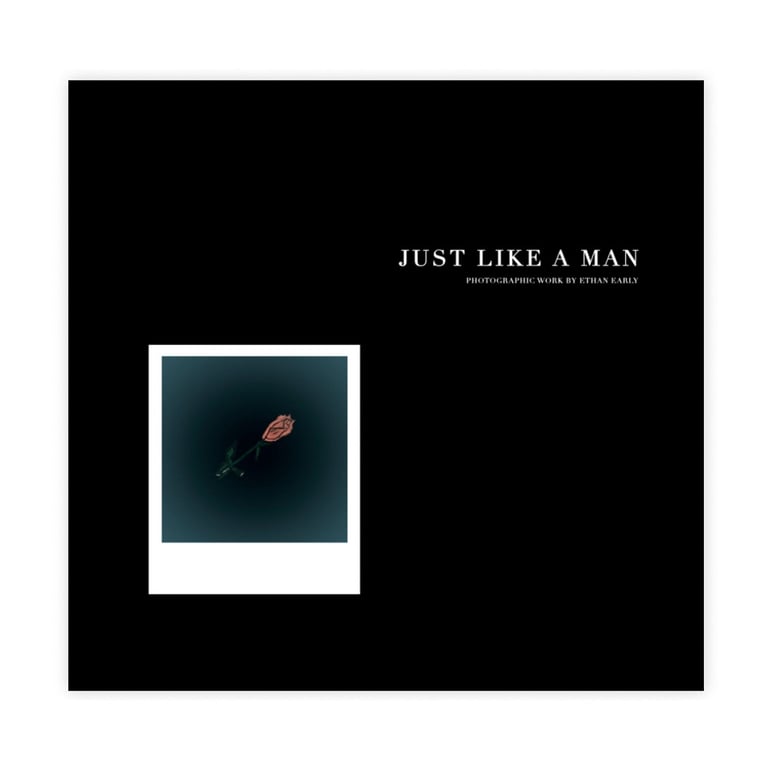



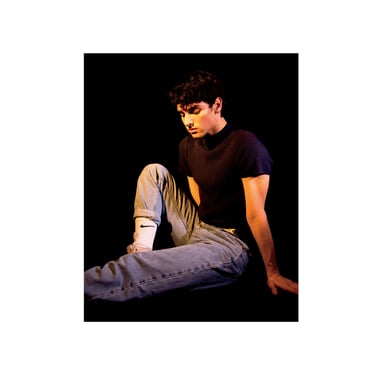
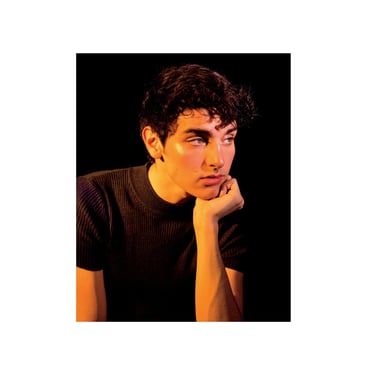


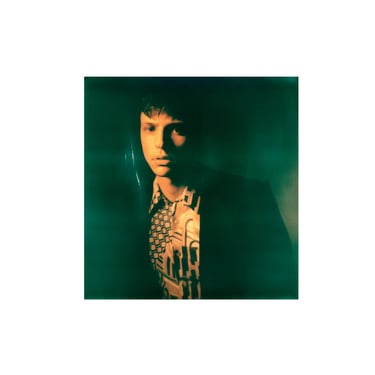



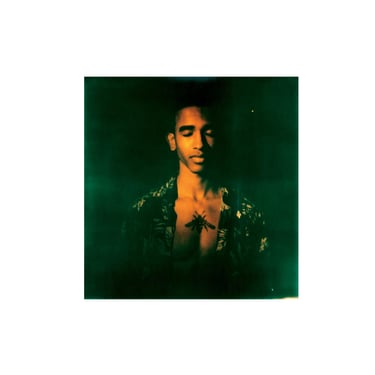









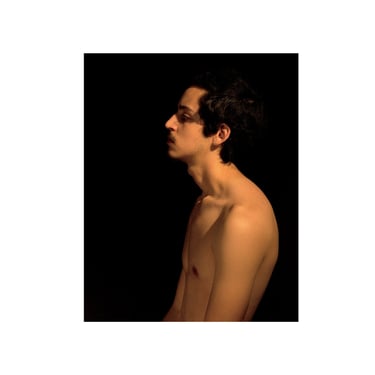



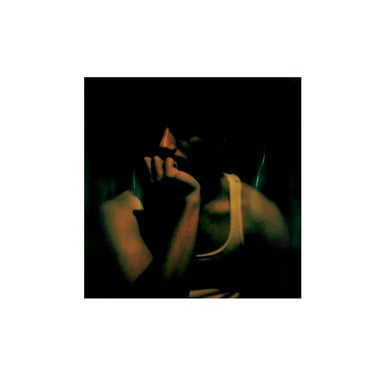
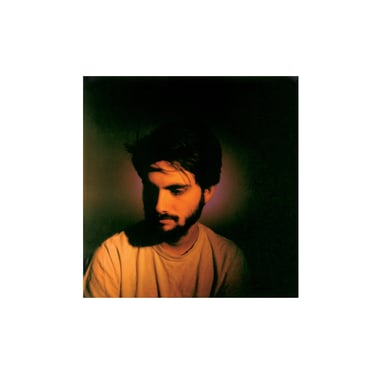

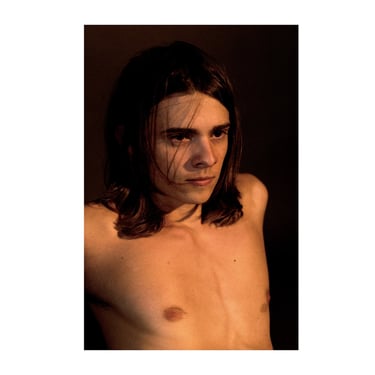


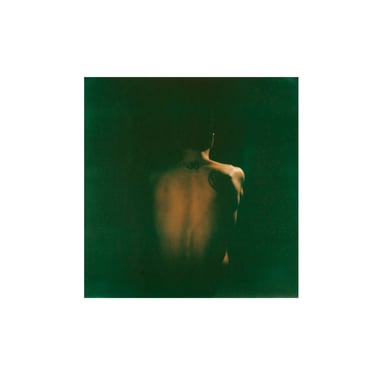





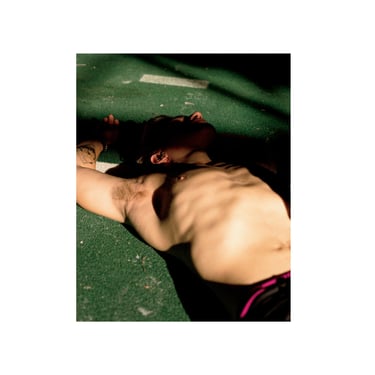


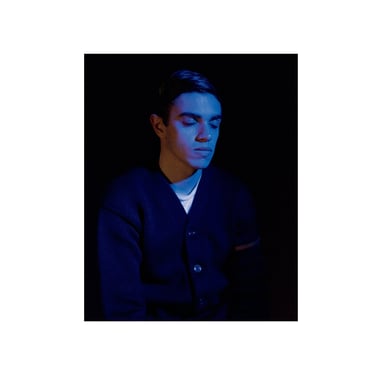







© 2025 Ethan Early Studio